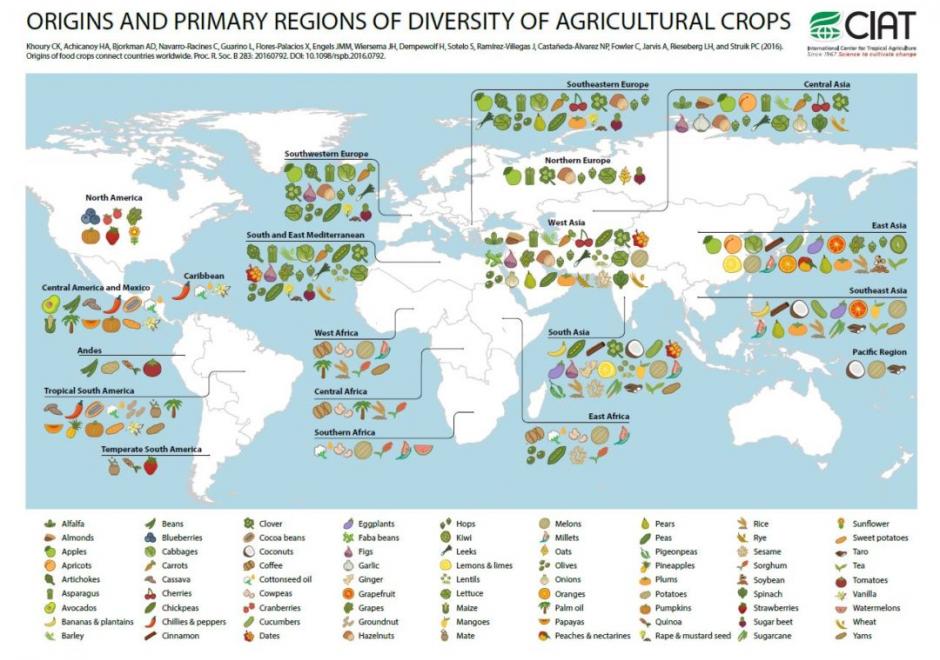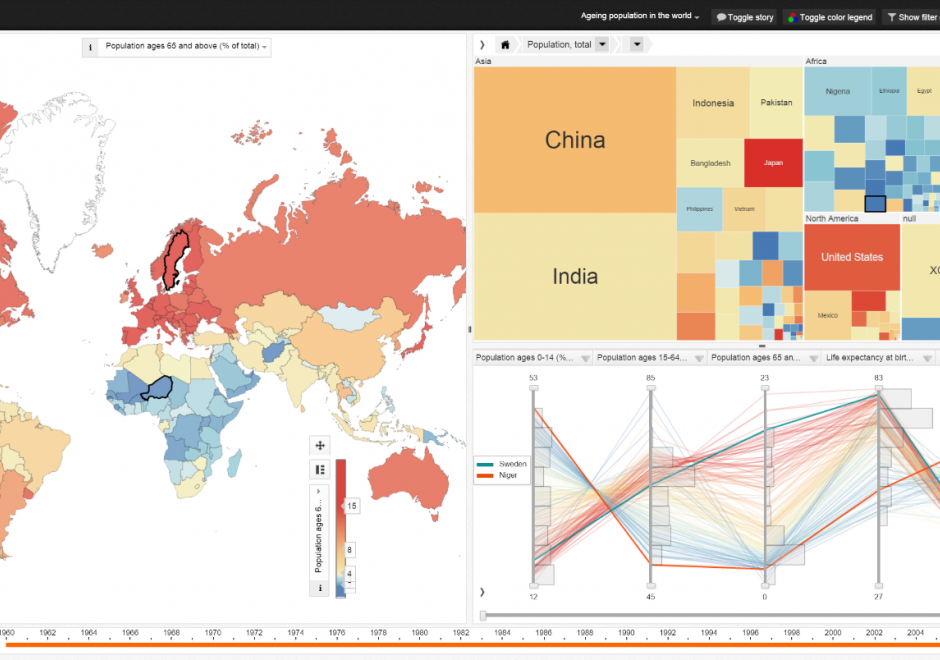AM-78 - Genetic algorithms and artificial genomes

- Create an artificial genome that can be used in a genetic algorithm to solve a specific problem
- Describe a cluster in a way that could be represented in a genome
- Explain how and why the representation of a GA’s chromosome strings can enhance or hinder the effectiveness of the GA
- Use one of the many freely available GA packages to apply a GA to implement a simple genetic algorithm to a simple problem, such as optimizing the location of one or more facilities or optimizing the selection of habitat for a nature preserve geospatial pattern optimization (such as for finding clusters of disease points)
- Describe a potential solution for a problem in a way that could be represented in a chromosome and evaluated according to some measure of fitness (such as the total distance everyone travels to the facility or the diversity of plants and animals that would be protected) genome




DM-27 - Genealogical relationships: lineage, inheritance